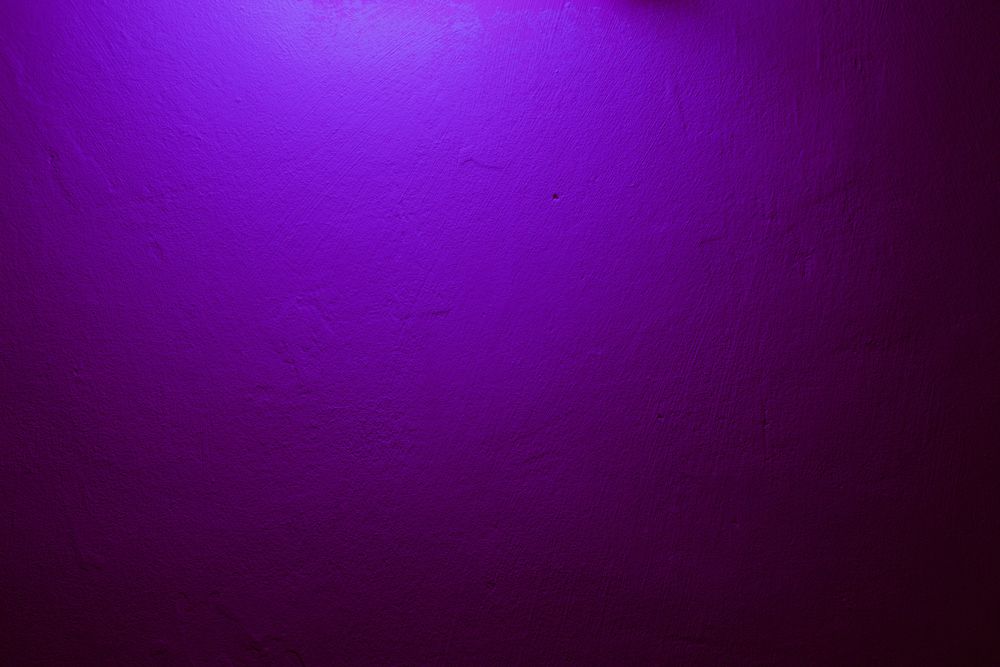Welcome to our guide on creating the perfect hue of purple! Whether you want to spruce up your wardrobe, your home, or your garden, having the right color of purple is essential. In this guide, we’ll show you how to mix and match different shades of purple and a few tips and tricks for creating the perfect shade for any occasion. Let’s get started!
What Colors Combine to Create Purple?
Purple is one of the most popular and beloved colors in the world, and people often want to know what two colors make purple when they want to create a unique color. The answer is simple: red and blue mixed together will create a shade of purple.
However, it’s important to note that there is no one single purple color. Rather, there are many different shades of purple, ranging from light purple to dark purple. And depending on the exact shades of red and blue you use, you can create a variety of different hues and tones of purple.
For example, if you mix alizarin crimson and ultramarine blue, you will create a deep and dark purple. Or, if you mix a warm blue, like cobalt blue, with a bright yellow, like cadmium lemon yellow, you will create a lighter purple.
Depending on the exact amounts of blue and red you use when mixing them together, you can also create a variety of different tints and shades of purple. For example, if you add a little more blue than red, the resulting color will be a muted purple. Or, adding a little more red than blue will create a bright purple.
If you’re looking for a more creative way to mix purple, you can also use food coloring. Simply mix red and blue food coloring together to create a different shade of purple.
No matter what color combination you choose, it is important to remember that red and blue make purple. And depending on the exact shade and tone you want, you can create a variety of different tints and shades of purple by simply adjusting the amount of blue and red you mix together.
So the next time you’re looking to create a unique color like purple, don’t forget that two colors make purple; red and blue. Whether you use paint, food coloring, or another medium, adding these two colors together will create a beautiful and unique color like no other.
What is the Opposite Color of Purple?
When it comes to choosing a color, purple is often the first one that comes to mind. But what is the opposite color of purple?
Let’s look at the color wheel for the answer. The color wheel is an important tool for artists and designers of all types as it shows the relationship between different colors. On the wheel, every color has a complementary color which would be opposite it. In this case, the opposite color of purple is yellow.
Yellow is tequally as important and vibrant as purple, and can be used in many different ways. It is a warm hue, which is the perfect contrast to the coolness of purple. It can be used in a variety of ways to create harmony in a color scheme, or to bring balance to a room.
Yellow is also great for making a bright and cheerful statement. It can be used to bring in a sunny mood, or to create a cheerful and energetic atmosphere. In addition to its use in art and design, yellow is also considered an important color in many cultures. It is believed to represent the sun, and is associated with joy and optimism.
What Other Colors Can You Make With Purple?
Purple is a color that can be used for a variety of projects and it is both vibrant and bold in color. Not only can you find many different shades of purple, but you can also mix and match different colors to create new and unique purples.
So, what other colors can you make with purple? One thing to keep in mind when creating a purple color is that purple is created when you mix red and blue. Depending on the amount of blue and red that you mix, you can create many different shades of purple. Adding white can also help to lighten the shade of purple that you create.
For creating a purple color, you can start with either red or blue and add the other color as needed. It is important to remember that when two colors are mixed to make a new color, the lighter color will dominate. This means that if you mix blue and red to make purple, the purple will look more blue than red.
When creating a purple color, you can also mix the two colors together in different amounts. Adding more of one color than the other will create a different shade of purple. This can be helpful when you want to create many different shades of purple.
If you are looking to create a more vibrant purple, you can also mix more red with blue to create a more intense color. However, it is important to remember that when you mix too much red and blue, it can create a purple that looks more pink than purple.
In addition to mixing red and blue to make purple, adding white to the mix can also help to lighten the shade. This can be helpful when you are trying to create a more subtle shade of purple.
Finally, you can also mix in other colors to create new and unique shades of purple. Adding yellow or green to the mix can create a more unique look.
As you can see, there are many different ways to create many different shades of purple. Whether you are looking to create a subtle shade or a vibrant one, there are many different colors you can mix to make purple. Remember to experiment with different colors to create unique and beautiful purples.
How can I Achieve a Muted Tone of Purple?
Are you looking to get a muted shade of purple, but not sure how? Fortunately, there’s a few ways you can achieve the color you’re looking for.
One way to get a muted shade of purple is by using the color wheel. The color wheel is made up of primary colors, secondary colors, and tertiary colors. To get a muted shade of purple, you’ll need to combine primary colors, such as blue and red, as well as secondary colors, such as violet and magenta. Depending on the amount of each color you use, you can achieve different shades of purple.
Another way to get a muted shade of purple is by using what’s known as a dioxazine purple. This shade of purple is a dark and muted color that can be found in a variety of art supplies. It’s a great option for those looking for a deep, rich color.
No matter which method you choose, it’s important to remember what colors make purple. Blue and red create a variety of shades of purple, but violet and magenta are also essential for getting a muted shade of purple. You can also experiment with different color combinations to get the perfect muted shade of purple.
So if you’re looking to get a muted shade of purple, you’ve got plenty of options. From using the color wheel to experimenting with different colors, you’ll be sure to find the muted shade of purple you’re looking for.
What Colors Make a Warm Shade of Purple
When it comes to selecting a warm shade of purple for a project, color combinations can be daunting. There are so many options to choose from and each shade of purple can look different depending on the environment and light. To help you decide which purple color is right for your project, we’ll explore what colors make a warm shade of purple and the best color combinations to create this look.
The first color combination you should consider when creating a warm shade of purple is red and purple. By adding an equal amount of red and purple, you will have a warm, vibrant purple that is both unique and desirable. One of the best reds for this combination is Alizarin Crimson. This deep, rich red will give your warm purple the perfect hue.
A warm purple hue is one that combines elements of red and blue. This could include a variety of tones including Alizarin Crimson, a deep reddish purple, and Dioxazine Purple, an intense blue-violet. By combining these two colors, you can create a stunning warm purple shade.
However, if you prefer a lighter shade of purple, you can combine Alizarin Crimson with a lighter blue such as Ultramarine. This mixture will produce a soft and gentle warm purple. Alternatively, if you’re looking for a deeper shade of purple, you can experiment with adding a bit of black to the mix. This will create a darker and richer shade of purple.
Getting a Dark or Light Purple
If you want to get dark or light purple, start with a base of purple and adjust the mixture from there.
To make the color darker, add black to the purple in small increments until you reach your desired shade.
If you’re looking for a lighter hue of purple, add white to the mix in the same way. If you prefer to use food coloring to achieve your desired shade, keep in mind that it requires a certain proportion of red to blue; too much red will make it more pink than purple. S
tart with a smaller amount of each and mix until you’ve reached your goal. You can also experiment by adding different shades of red and blue to create interesting variations in your end result.
With a bit of trial and error, you’ll be able to find just the right combination for that perfect dark or light purple hue!
What is the distinction between Violet and Purple?
Violet and Purple are often used interchangeably, but they are actually two different colors.
The distinction between violet and purple is easily understood when one looks at the way the colors are created. Violet is a true color that can be seen naturally in the world and is made up of a single wavelength of light.
When it comes to mixing colors, purple is created by equal amounts of blue and red, while violet is created with blue and a lesser amount of red. Violet is also known as a spectral color, meaning that it has its own place in the visible spectrum around 380 – 420 nanometers.
Violet is also associated with purple because it is applied to any of a variety of colors with hues between red and blue.

